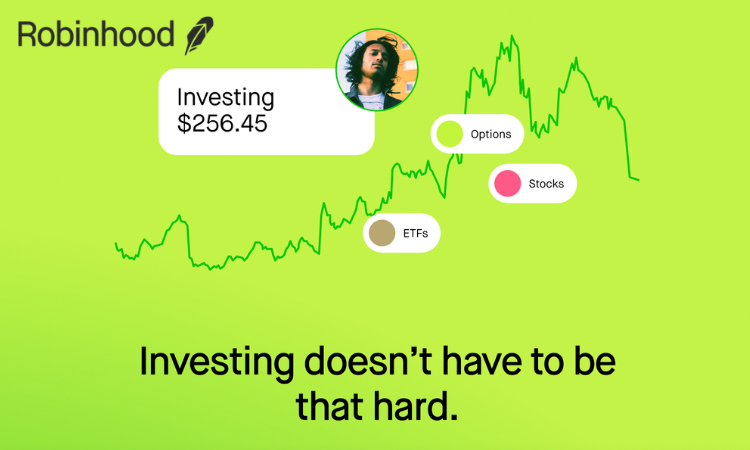Modern Marketing
The double edged sword of good UX: How Robinhood’s gamification of investing backfired during the market downturn
- Companies like Robinhood are breaking rules with gamification in retail and cryptocurrency trade.
- Gamification is worsening the problem for those struggling with crypto-addiction and compulsive day trading.









Frictionless immersive experiences can enhance an experience and help educate an emerging demographic. That said, it must be paired with a well thought out strategy that takes into account the greater well being of what is trying to be accomplished.
Acorns is a great example of doing both, creating a great experience while building long term wealth for its customers in a simple, fun way.